The Hook Peninsula is a headland located in the South East corner of Ireland in County Wexford. The rugged coastline, fine sand beaches, historic artefacts, ruins from another era, fine gardens, coastal woodland walks provide plenty to do for all the family.
The route known as “The Ring of Hook”, accessed by a narrow country road that winds through farmland enclosed by lush hedgerows and stone walls that bring you around Hoop Peninsula. At the extreme point of the peninsula is Hook Lighthouse, the world’s oldest working lighthouse.
The rout I travelled was the R733 out of Wexford Town > Wellington Bridge, (25km) through Wellington Bridge for about 6km, turn left onto R4031 – the start of The Ring of Hook. Well sign posted from them on.
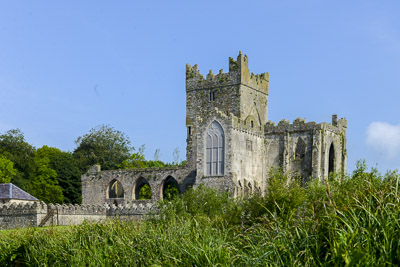
Tintern Abbey
First stop was Tintern Abbey about 2 km into the Ring. This once Cistercian Abbey, founded C1200 by William Marshal, Earle of Pembroke as a result of a vow he made when his boat was caught in a terrible storm and is an identical copy of the Tintern Abbey in South Wales. Here, the Colclough estate of Tintern was occupied by the Colclough family from the 16th Century up to the 1960s, Lucy Marie Colclough being the last member to live there. There are guided tours through the abbey.
To the rear of the Abbey is the Colclough Walled Gardens that was the source of fruit, vegetables and flowers for the Abbey. The garden is a Geometric Gardenesque Design, beautifully restored by volunteers from the community under the keen supervision of Alan Ryan, the project manager. With streams running through the lower areas, the walks traverse them by white bridges some with rose arbours. Within the garden is a vintage Pear Tree, now about 187 years old. The restored glass house, attached to the upper wall of the garden has more exotic plants and grapes. A little quote I took from the visitors book that sums it up perfectly; “This garden makes me wish for time”.
The woodland walks on the grounds of the Abbey are established hardwoods, full of life, the chatting of the birds, the sound of the stream cascading over the rocks creates a relaxing sense where you can sit a while and listen to nature. Ferns, wild garlic, bluebells create a lush forest floor. Wild woodpigeons, song birds and the knocking of the woodpecker make this space a spiritual place in which to exclude the stresses and anxieties of everyday life.
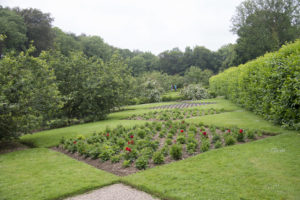
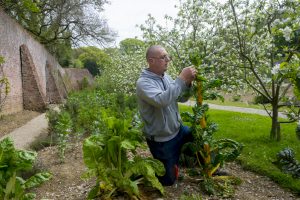
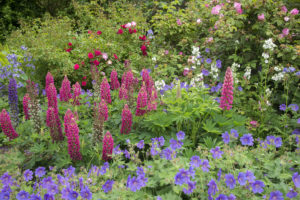
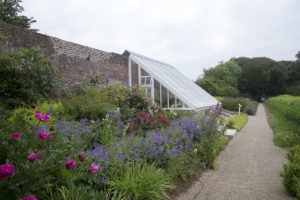
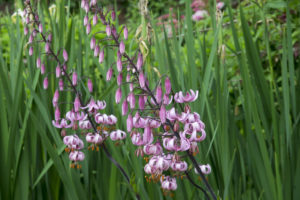
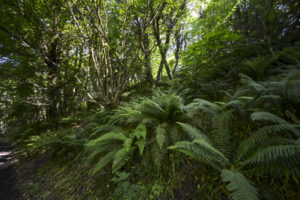
Moved on to Fethard on Sea and spotted Hook Head Adventures office in the middle of the village. This small, bespoke owner operated eco adventure company offers hands on activities such as Sea Kayaking and Paddle Boarding out of Baginbun Head suited to experienced and un experienced individuals, families and groups.
The Sea Kayaking adventures got my imagination. Their kayak trips operate mainly out of the spectacular Baginbun Head, where the cliff headland boasts crystal clear waters and sea caves waiting for you to explore with a knowledgeable guide to help you get the very best from your experience. Hook Adventures also offer bicycle hire so you can explore the Hook Peninsula, with a guide or on your own; slow and absorbing, out in the fresh air, utilising trails and roadways, feeling and exploring at your own pace.
It was from here, Baginbun, that the Norman Conquest of Ireland began in 1170. Located just outside Fethard, this secluded beach is protected by the headland and cliffs from the stormy south easterly and westerly winds. The crystal clear water is the best invitation to take a dip and the fine sandy beach the perfect place for a stroll or soaking up the sun, or of course a swim in the Irish Sea.
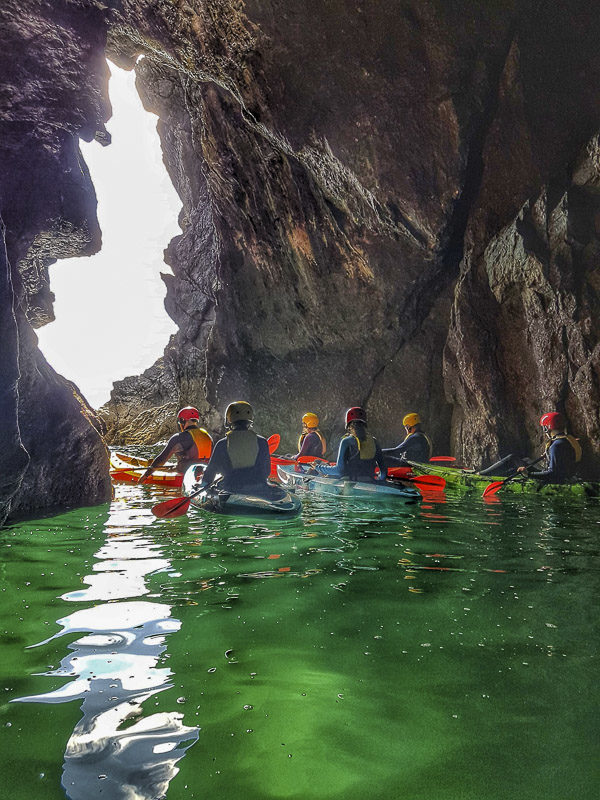
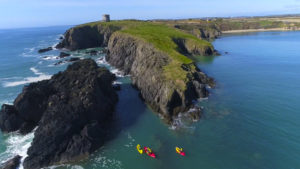
Slade is a small fishing village on the Hook Peninsula. Many of the local restaurants get their fresh fish, crab and lobster directly from the local fishing boats that land their catches there. The ruins of Slade Castle standing some four stories in height dominate the pier.

Slade Harbour
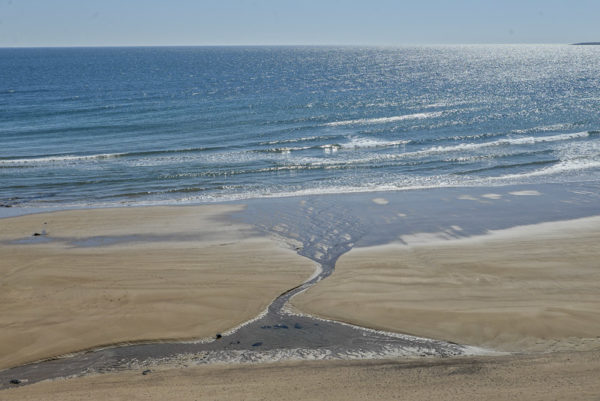
Baginbun Beach
You are now on the last stretch to the Hook Lighthouse, a straight road bounded by “Hook walls”, old stone walls on either side, Lush farm land of cereal crops and pastures occupies by cattle and horses. You pass the ruins of Hook Church, St. (Dubhan’s Church). A Welsh monk named Dubhan established a monastery on this site in the 5th century and the peninsula became known as Rinn Dubhain. As Dubhain also means hook this was later anglicized as Hook Head.
The Monastery was called St. Saviours of Rinndeauan This medieval parish church of Hook dates to the 13th or 14th century. It consists of a nave with a double belfry and a somewhat later chancel. A number of interesting stone walls survive.
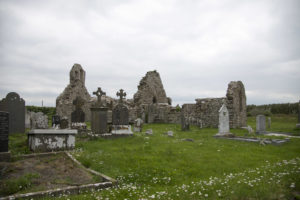
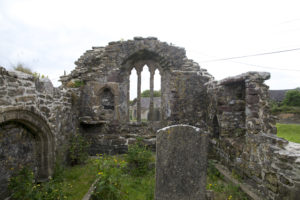
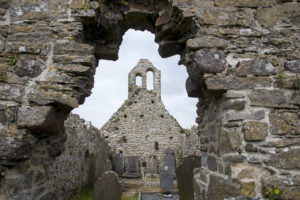
As you approach the extreme of the Peninsula you will see the black and white striped Hook Lighthouse towering above the bleak peninsula.
An impressive building, built 800 years ago, and now the oldest working lighthouse in the world. This is a must. A guided tour through the building, explanations as to how it worked and the components of the past, stories of the sea, the life of the keepers and once you reach the top, breath taking views across the Waterford Estuary to the west, and Rosslare / Kilmore to the east. South is Wales and the shipping traffic navigating the Irish Sea.
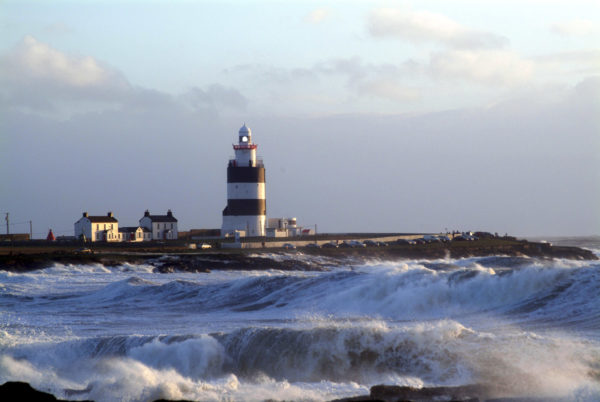
Hook Lighthouse
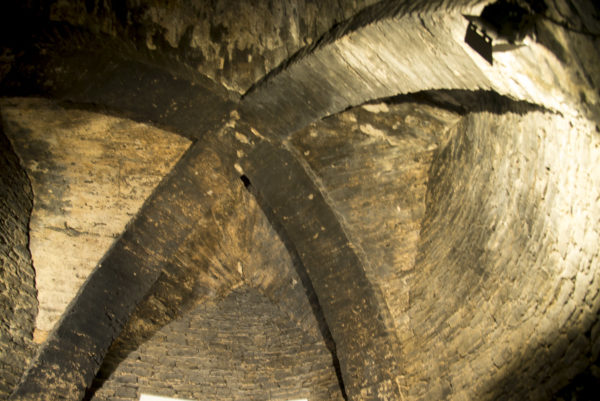
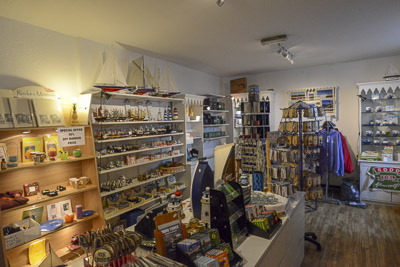
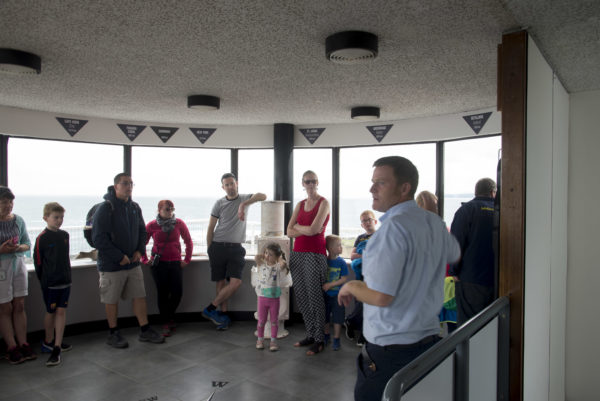
There is a fine café / coffee shop with freshly made food. Try the smoked salmon, smoked locally in Ballyhack Smoke House and is delicious. Hot food, soups, sandwiches, sweet snacks, coffee and tea. Crab is big on the list as is chowder and then salads, fish and chips and a variety of chicken dishes. Good for all the family, and as you are only half way through the “Ring of Hook” a good place to enjoy lunch.

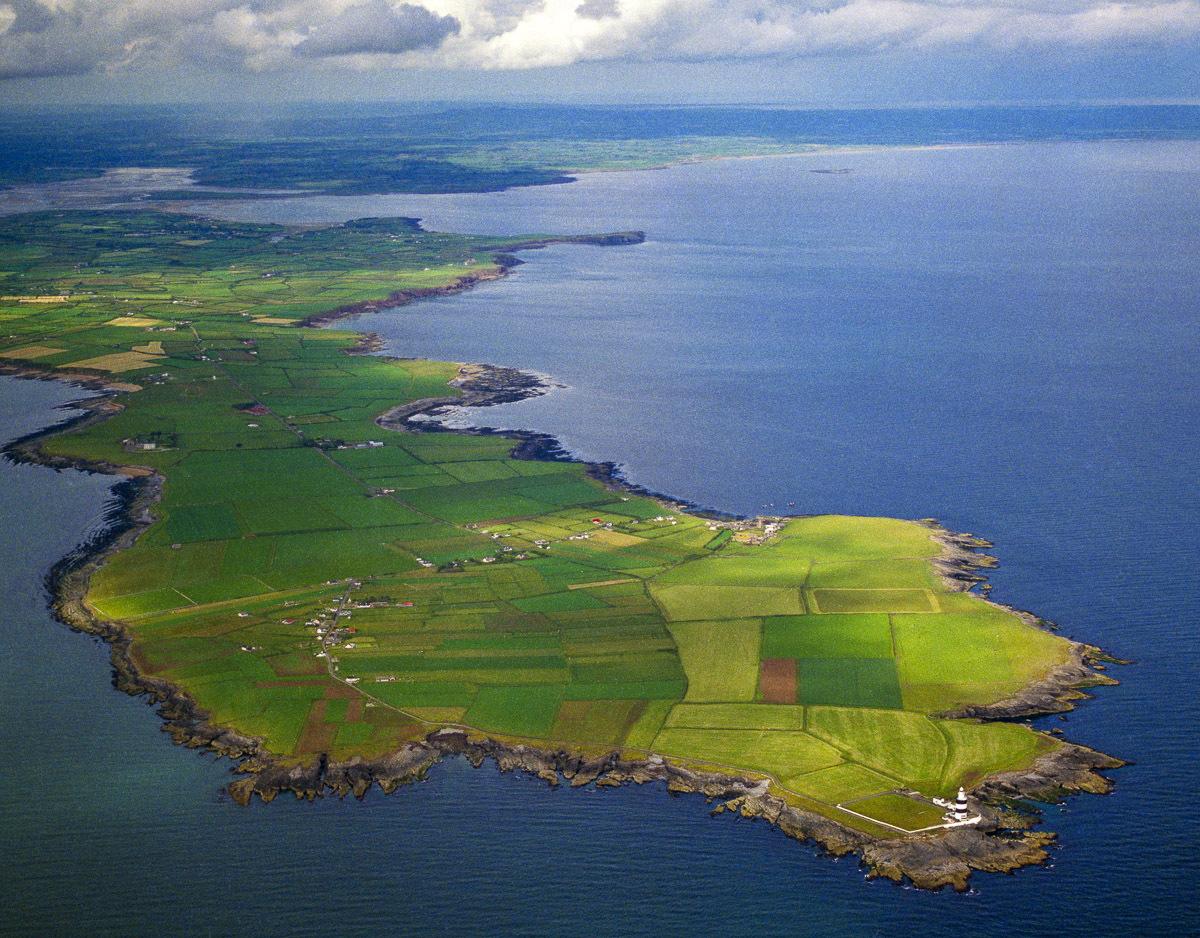

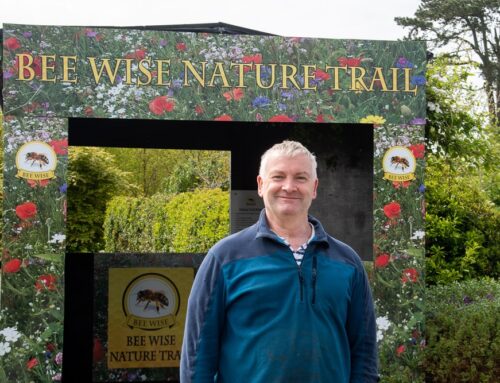

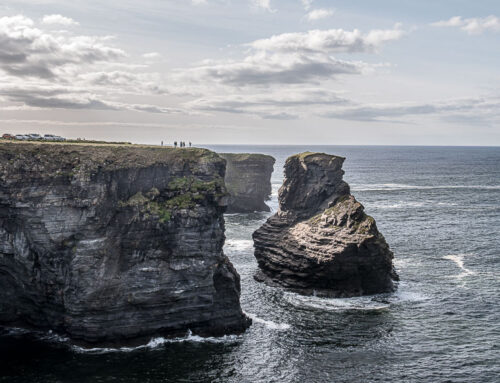
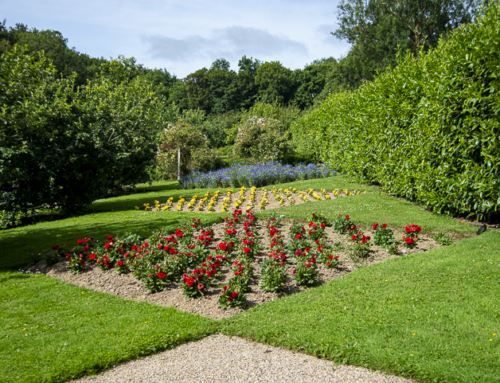
Leave A Comment